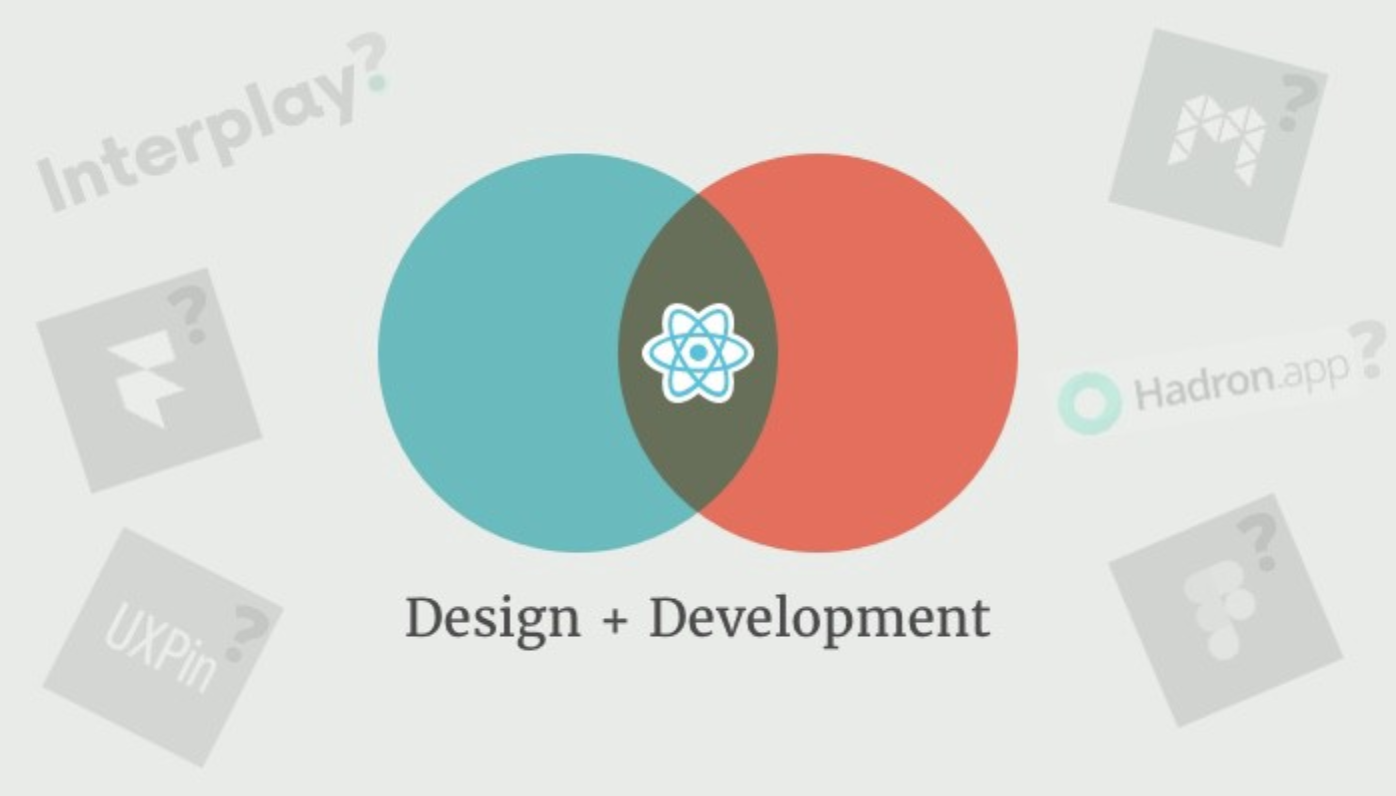At DeveloperTown, we constantly refine and optimize our workflow between design & development. We evaluate and kick the tires on any and every new tool that could help us blend the gap between our designers and developers.
Currently we rely on our trusty vector design tool of choice, Sketch for design. Invision is our go to for prototyping, but Sketch Cloud is looking very interesting these days as well. Lastly, we use Zeplin for developer specs and hand-off. This workflow has served us well but it’s not perfect.
- Developers have to replicate pages that designers layout in a vector tool.
- Our developers still have to translate design components into code
- Iteration and design changes repeat the entire process over again
- Interaction design tweaks can get lost in the process

Our current process.
Blending (not bridging) the Gap
For a long time, we were looking at tools to help bridge the gap between design and development. The problem with a bridge is that there's inherently still two separate sides of the process. The gap still leaves too much room for ambiguity. Instead of bridging, we want to blend the gap in order to bring design and development closer together. Closer teamwork makes the digital product design dream work.

Which new tool will blend the design / development gap?
. . .
Where we want to go…
Every time we have brought designers and developers closer together we have seen dramatic increases in speed and quality. The ultimate goal is for our designers and developers to work from a single source of truth. We turned our UX microscope on ourselves and came to the obvious conclusion that the design team and development team need to be able to look at the same problem in a way that naturally relates to how they tackle a project. When we adopted Zeplin back in 2015, it shaved a ton of time off of our handoff process and brought us closer together. We believe that one of the upcoming “single source of truth” tools will have an even greater impact on our productivity and team collaboration.
- Developers build the right custom components as needed
- Designers use components to layout pages precisely
- Designers now own the interaction experiences
- Faster prototyping and user feedback loops
- Developers can focus more on optimization
- Designers can maintain focus on user experience
In the end, this allows our developers to focus on crafting code perfection and designers to create a more perfect experience for the users. Everybody wins.
Consulting Hurdles in This New Era
All of these new tools and processes are really exciting, especially if you’re a company with a single product and cohesive design language. Since Developer Town and DT Starts serve a variety of clients from start-ups and scale-ups to Fortune 100 companies, we have to be cognizant of not creating a process that backs us into a one dimensional corner. Our process needs to be optimized with a common design language, yet flexible enough to accurately represent the individual identities and personalities of each client.
As Kilian Valkhof elloquently pointed out in his post “What Design tools get wrong,” future design libraries need to work for us agency designers too. This is where design tokens come into play in a big way.
Will our current favorite tools still have a place
in our workflow?
- Do you need Invision when you’re already prototyping in code?
- Does Zeplin’s role get reduced to only new custom components?
- Do we need versioning tools like Abstract if the source of truth is in a repo?
The Contenders — Tools We’re Keeping an Eye On
So what does the coming wave of new tools mean for our future stack and how will it drive Design and Development even closer together? In Part 2, we’ll take a look at the contendors we’re considering for future workflows. Stay tuned!
